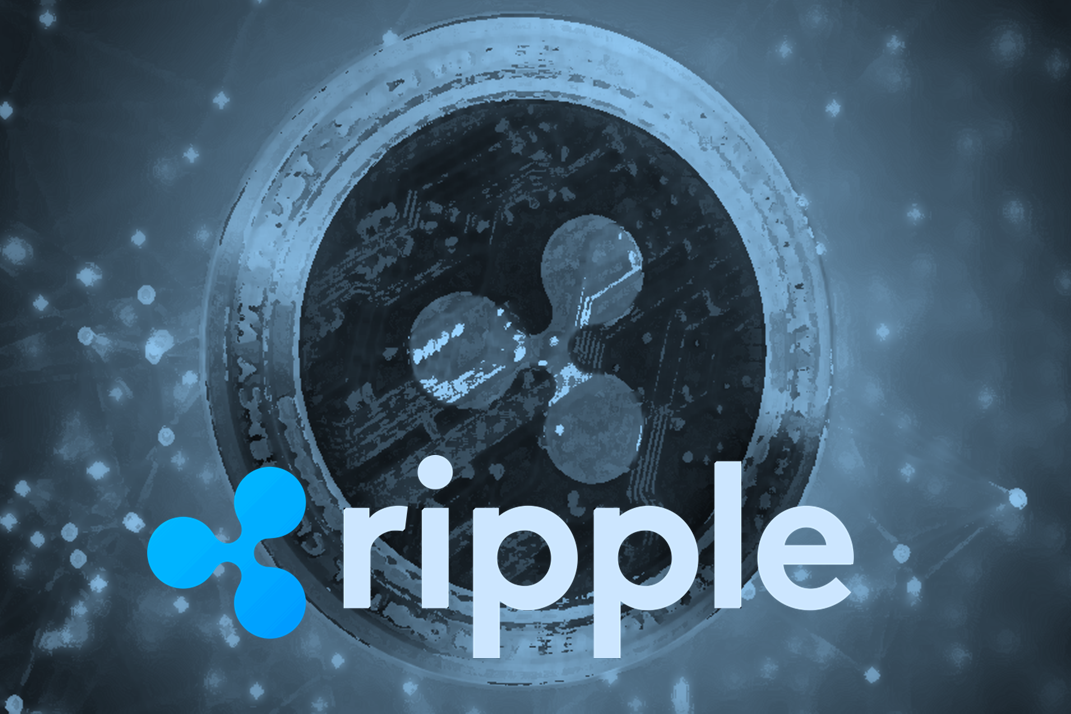2023-04-07

XRP is the 6th largest crypto by market cap. It was developed by Ripple Labs. Ripple Labs does many businesses in the financial industry. The most well-known business of Ripple Labs is cross-border payment settlement solution. Banks use Ripple’s service to create cross-border payment.
But what exactly is Ripple (XRP) and how does it differ from other cryptocurrencies like Bitcoin and Ethereum?
Ripple is the name of both the company and the network that runs its native cryptocurrency, XRP. The native cryptocurrency of Ripple's network is XRP. Ripple was founded in 2012 by Chris Larsen and Jed McCaleb, they created a total of 100 billion XRP tokens. All of XRP tokens are premined. From 100 billion max supply. 20 billion XRP went to the founders and 80 billion XRP went to Ripple Labs. XRP is a cryptocurrency that has been created to sell to the public include individuals and companies.
When XRP tokens get transferred a small portion of XRP get destroyed, which prevents spam and incentivizes nodes to participate and raise the value of XRP. XRP total supply has reduced to 99,989,014,677 XRP as of April 7, 2023. Ripple Labs and Ripple Founders have sold and released 51,688,470,797 XRP (about 52% of XRP supply) to the public. About 51.68 billion XRP are in circulation as of April 7, 2023. The rest are held by Ripple, which periodically releases some of them into the market or uses them for funding projects.
Although XRP is the 6th most valuable crypto, you should be aware of some of the risks and challenges that it faces. One of them is the ongoing legal dispute between Ripple and the U.S. Securities and Exchange Commission (SEC), which accuses Ripple of selling unregistered securities in the form of XRP. This has led to some exchanges delisting or suspending XRP trading in the U.S., which has affected its price and liquidity. The outcome of this case could have significant implications for XRP and its future.
Another challenge for XRP is its adoption and competition. While Ripple has partnered with over 300 financial institutions around the world to use its network for cross-border payments, most of them do not use XRP as part of their transactions. Instead, they use other solutions provided by Ripple, such as xCurrent or xVia, which do not require XRP. Moreover, XRP faces competition from other cryptocurrencies that offer similar or better features, such as Stellar Lumens (XLM), which was co-founded by McCaleb after he left Ripple.
Investors have to be carefully evaluated
the risks of XRP before investing. XRP has different ideology from both Bitcoin
and Ethereum. Bitcoin wants to create a decentralized financial system that
free from inflation and create a monetary transaction without relying on the
middleman. Ethereum wants to build cryptoeconomy that support free enterprise
with minimal regulations from governments and enable tokenization for
businesses.